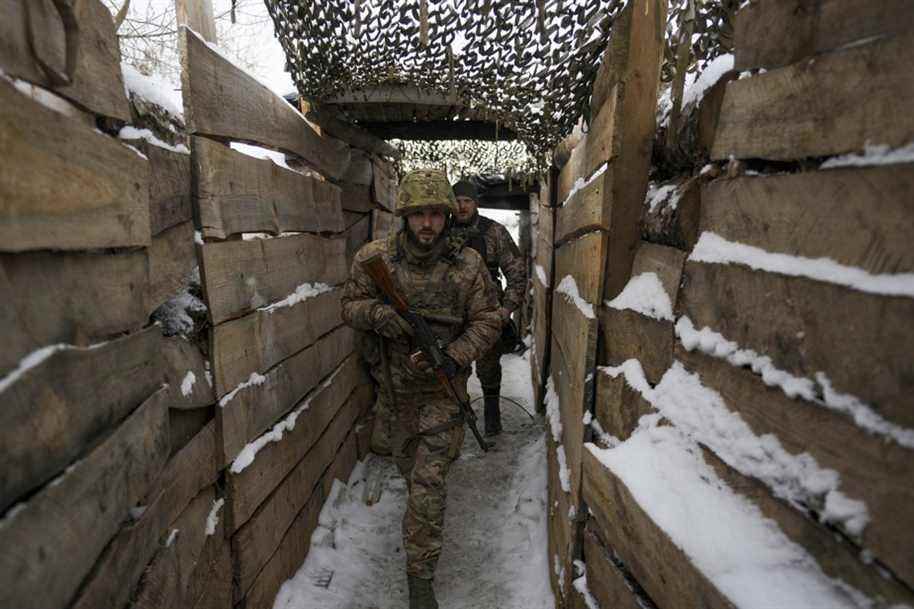Posted at 6:00 a.m.
Separatists
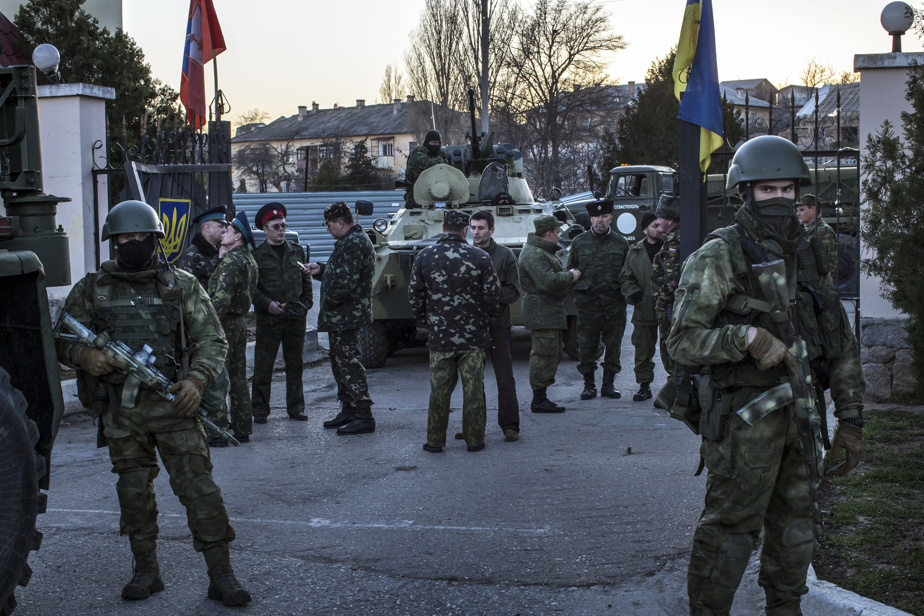
PHOTO MAURICIO LIMA, THE NEW YORK TIMES ARCHIVES
Russian soldiers stand at the entrance to a Ukrainian military base after storming the Crimean village of Belbek in March 2014.
To understand the current situation, we have to go back to the beginning of 2014, when a popular uprising ousted the pro-Russian president from power in Ukraine. Soon after, in March, Russia annexed Crimea, a peninsula in southern Ukraine, following military intervention and a referendum not recognized by Westerners and the Ukrainian government. In April, the conflict in the Donbass region in eastern Ukraine erupted: pro-Russian separatists claimed the territory. The conflict is not resolved, despite ceasefire agreements – which are not always respected – in February 2015. Under the agreement, Ukraine was to grant more autonomy to the rebels in the region , which did not materialize. “I think that one of the observations today of the war [dans le Donbass] is that Russia has not achieved any of its goals: Ukraine continues to be oriented towards the West,” says Alexander Lanoszka, assistant professor at the University of Waterloo. David Marples, a professor at the University of Alberta, also believes that Russia is now seeking to force negotiations for Donbass – even if it means flexing its muscles. “Autonomy in the Donbass is something she could seek,” he said.
Circumstances
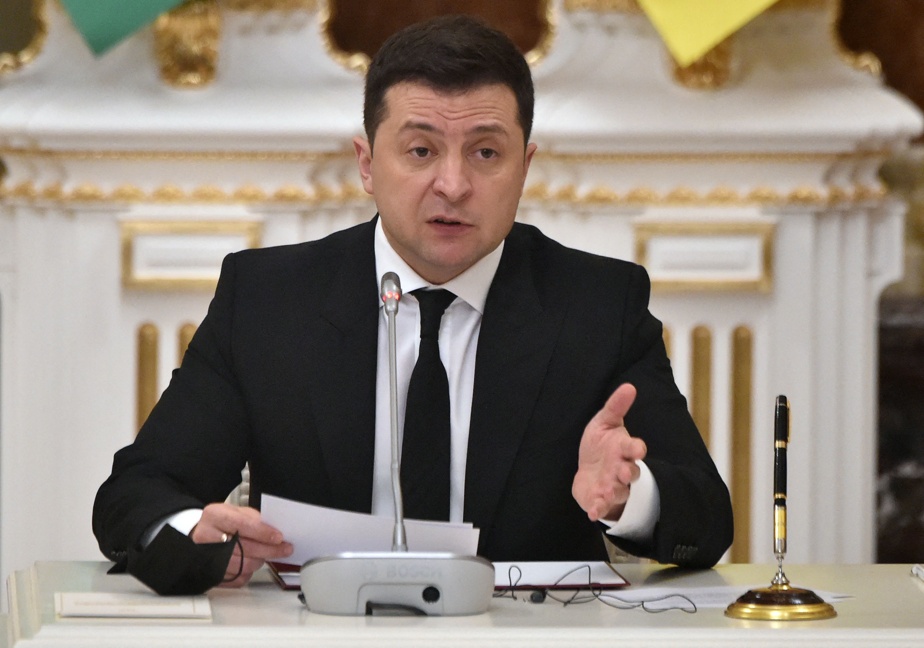
PHOTO SERGEI SUPINSKY, AGENCE FRANCE-PRESSE ARCHIVES
Volodymyr Zelensky, President of Ukraine
Why an escalation now, when the conflict has been somewhat frozen for seven years? Several factors may have played into the balance, analysts believe. Tensions are high between Ukrainian President Volodymyr Zelensky – who banned pro-Russian TV channels last year – and Russian President Vladimir Putin. “We see Ukraine leaning towards the West, which signs defense cooperation arrangements with countries like the United Kingdom,” said Lanoszka. International relations also play into the situation. “I think there is a perception from Moscow that the Biden administration is mostly focused on the Indo-Pacific region,” adds Lanoszka. The withdrawal of the United States and its allies in Afghanistan could be interpreted as weakness, says Mr. Marples, who believes that Russia may want to test alliances. “There are also divisions among the European allies, notes Mr. Marples. Russia is close to completing its pipeline with Germany and Germany would like it to go live. It could be a good time for Russia to see how Germany is doing. »
NATO
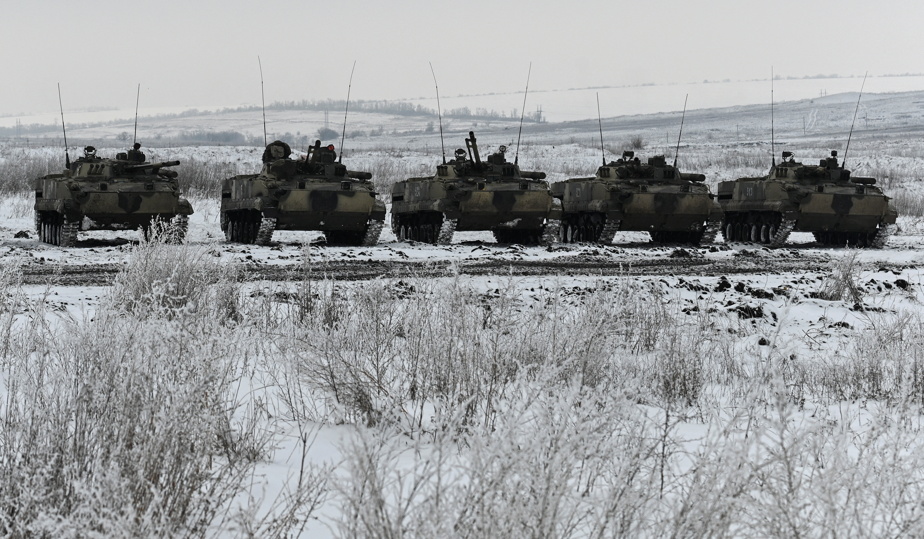
PHOTO SERGEY PIVOVAROV, REUTERS
Russian battle tanks during exercises in the Rostov region near the border with Ukraine on Thursday
Russia demands in particular guarantees on the non-enlargement of the North Atlantic Treaty Organization (NATO), a political and military alliance formed by 30 countries – including Canada, the United States and many European countries. According to the Treaty, an armed attack on one member is “considered an attack on all parties,” which leads to the involvement of other members. If the Moscow government insists that it does not want war despite the some 100,000 soldiers posted along the Ukrainian border since the end of 2021, it says it feels threatened by a possible expansion of NATO on its doorstep, and by noting that Ukraine is getting closer and closer to Westerners. In 2008, NATO declared itself open to welcoming Georgia and Ukraine as members. However, the process is long and conditional on reforms. Last April, the Ukrainian president asked for an acceleration of his country’s accession, without however obtaining it. “I don’t think it’s going to happen in the next five or even ten years,” says Marples. There is no unity within NATO on Ukraine’s membership. There is cooperation between NATO and Ukraine, which has increased since 2014, but without the defined obligations for its members.
Attachment
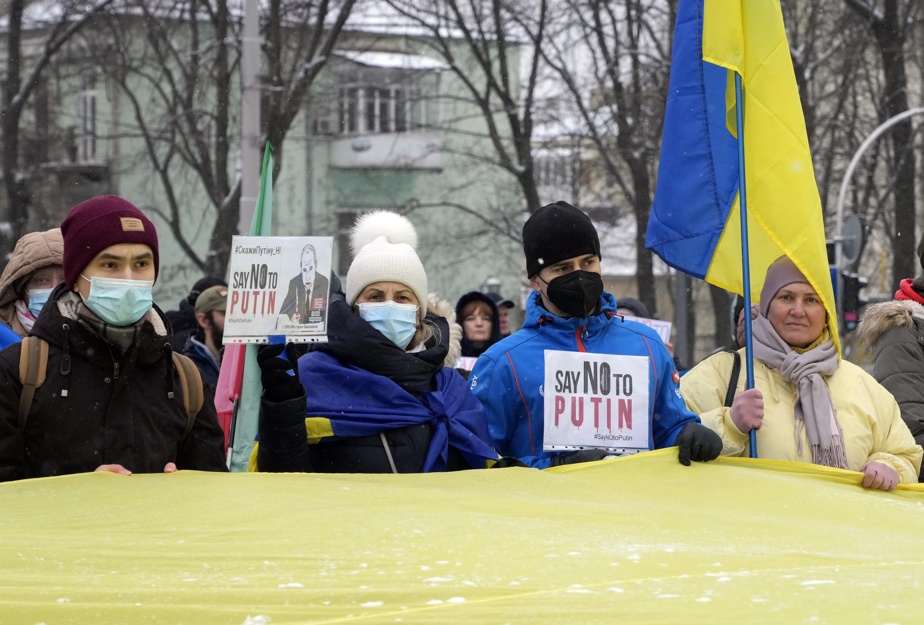
PHOTO EFREM LUKATSKY, ASSOCIATED PRESS ARCHIVES
Demonstration in Kiev, Ukraine, against the foreign policy of the President of Russia, Vladimir Putin, on January 9.
Ukraine was part of the Soviet Union until 1991. Historical and cultural ties remain strong. According to a 2001 census, 30% of Ukrainians declared Russian as their first language. Last July, Russian President Vladimir Putin said he saw Russians and Ukrainians as “one people, one whole”. “Putin sees Ukraine as a part of the Russian world historically and culturally,” Marples said. He drew a red line of what he found acceptable. “There is this historical attachment of Russia to Ukraine, which is sometimes misunderstood, but there is also the geopolitical feeling that it is a country of immense value and that if Ukraine were to become a member of a hostile alliance, it would be absolutely detrimental to the security of Russia,” said Lanoszka.
With Agence France-Presse
Learn more
-
- 44,386,000,
- Number of inhabitants of Ukraine
Source: WORLD BANK
- 603,550 km2 ,
- Area of Ukraine
Source: WORLD BANK
